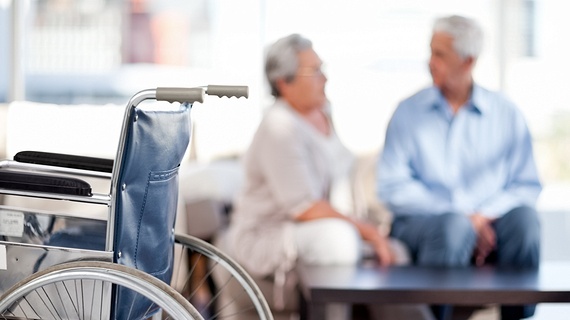
What are my responsibilities?
The regulations that the CQC enforce are derived from the Care Quality Commission (Registration) Regulations 2009 and the Health and Social Care Act 2008 (Regulated Activities) Regulations 2014. When the CQC makes inspections, the relevant area for legionella control is “Outcome 16: The service should have quality checking systems to manage risks and assure the health, welfare and safety of people who receive care.” Below is a section of a report that failed a nursing home for its lack of legionella control:
“… No legionella risk assessment was available for us to view on the day of our visit. There was no evidence to say that risks associated with legionella were monitored and regular maintenance was completed to safeguard people who used the service from infection… there was not a responsible person or competent person in place to manage the risk of infection.
We were later supplied with a legionella risk assessment dated March 2014. We found this lacked detail and had not been completed by a professional competent person. There was no evidence that a method had been implemented to control the risk… There was no evidence that staff understood the risks associated with legionella or that those risks were managed effectively. This meant people were not protected from the risks associated with legionella.”
The required regime of appointing a competent person, conducting a legionella risk assessment, on-going monitoring and inspection, and accurate record keeping is based on the requirements of the Health and Safety Executive’s (HSE) L8 Code of Practice, Legionnaires’ disease: the control of legionella bacteria in water systems.
It’s important to remember this because although the CQC can impose its own fines, as in the case of the Wirral nursing home above, care homes are still subject to legislation such as the Health and Safety at Work etc Act 1974. If your care home fails to control legionella bacteria or, worse, you suffer an outbreak of Legionnaires’ disease, you can face unlimited fines, a sentence of up to two years’ imprisonment and even a corporate manslaughter charge.
How can I comply?
The best way, therefore, to comply with CQC legionella guidance is to introduce or improve a complete legionella control scheme in accordance with the HSE’s L8 Code of Practice. To do this you need to:
- Undertake a thorough assessment to assess the risk of exposure to legionella, whether for residents, staff or visitors. A competent person who is qualified to both assess risk and advise on legionella control must do this.
- A competent person must advise on measures to control legionella risk. These measures must comply with the Control of Substances Hazardous to Health (COSHH) regulations and implemented by competent persons.
- Where assessment shows reasonably foreseeable risk of exposure, the use of the relevant parts of water systems must be avoided as far as reasonable practicable.
- On-going monitoring and inspection must take place. Where legionella is found in water samples it must be reported.
- Accurate record keeping. Records must be retained for the period they remain current and for at least 5 years afterwards. They need to include details about the responsible person conducting each risk assessment, any significant findings, your written scheme and its implementation and details about whether a water system is in use or not. Monitoring and inspection records, however, must be kept for at least 5 years.
If you would like more details on the water safety risks within a care home and how to create a legionella control regime, we recommend you read through our free guide.








